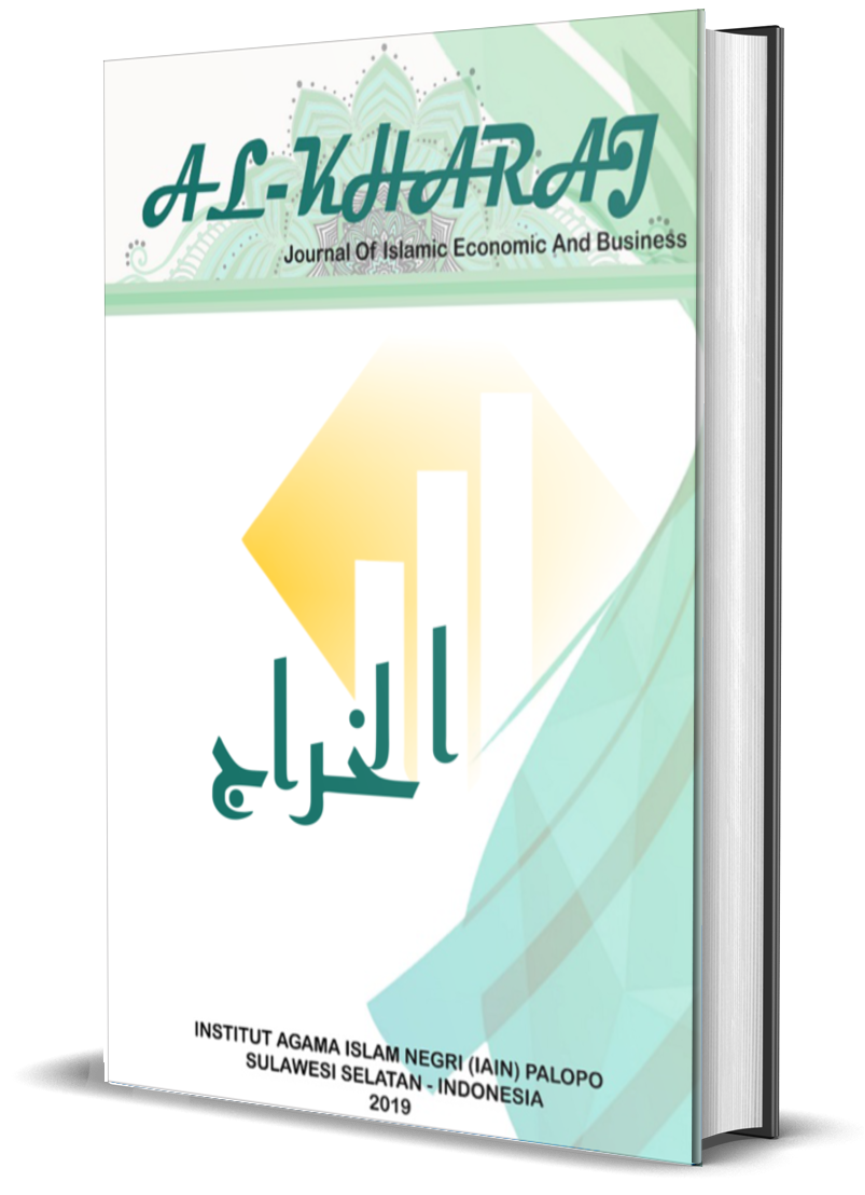Factors Affecting Regional Fiscal Capacity In Ambon City
DOI:
https://doi.org/10.24256/kharaj.v7i4.8247Keywords:
Regional original income, economic growth, population, regional fiscal capacityAbstract
This study aims to analyze the factors that influence Regional Fiscal Capacity (KFD) in Ambon City.
The study used secondary time series data for 10 years (2014–2023) in Ambon City. The analysis method used was Multiple Linear Regression with the dependent variable (Y) being the Fiscal Capacity Index, and the independent variables being Regional Original Income (PAD) (X1), Economic Growth Rate (X2), and Population (X3). Key Results: The results of the regression analysis showed that the independent variables PAD (X1), Economic Growth Rate (X2), and Population (X3) did not have a significant effect on the Regional Fiscal Capacity of Ambon City.
Implications/ConsequencesAruan:TeamThis study provides an empirical contribution because it differs from general assumptions and previous research (state of the art), which often shows a positive relationship. These results highlight a unique problem or phenomenon in Ambon City, where the theoretically common factors driving fiscal capacity (PAD, economic growth, population) are not working effectively.
References
Abd. Basir (2009) Analysis of Factors Influencing Fiscal Capacity in the City of Pare-Pare Master's Thesis, Hasanudin University, Makassar
Adi,GR (2018). Analysis of Fiscal Capacity and Financial Performance of Provincial Governments
MallIndonesian Journal of Accounting and Finance, 15(1), 1-15
Alensina,A. & Perotti, R. (1995). Fiscal Expansions and Adjustments in OECD Countries.
Economic Plicy, 10(21), 207-248.
Amelia, F. & Sugeng, A. (2019). The Influence of Regional Revenue, Balancing Funds, and Modal Expenditures on Regional Fiscal Capacity in North Sumatra. Journal of Accounting and Business, 12(2), 125-139.
ANi Sri Rahayu (2010) Introduction to Fiscal Policy, Publisher PT. Bumi Aksara Yogyakarta Bird, Richard M and Francois Vaillancour (2000) Fiscal Decentralization in Developing Countries, PT Gramedia Pustaka, Jakarta.
Bahl, R. W., & Linn, J. F. (1992). Urban Public Finance in Developing Countries. Oxford
UUniversity Press.
Davey, Kenneth (1989), Indonesian Government Finance. FE UI Publishing Institute, Jakarta. Davoodi, HR, & Zou, H. (1998). Fiscal Decentralization and Economic Growth: A Cross-
Country Analysis. Journal of Urban Economics, 43(2), 244-257.
Goddess, NA & Kurniaan, A. (2020). Analysis of Factors Affecting Fiscal Capacity
PemeRegional Government of Palu City. Journal of Economics and Business, 18(3). 201-215.
Fajri, R., & Handayani, M. (2021). The Effect of Economic Growth, Regional Revenue and Balancing Funds on Fiscal Capacity in Jambi Province, Journal of Development Accounting, 7(2), 110-120.
Feld, L. P., & Baskaran, T. (2012). Fiscal Decentralization and Economics A Review of the
Evidence. Journal of Economic Surveys, 26(1), 58-81. Oates, W.E. (197). Fisca Federaaaism. Harcourt Brace Jovanovich.
GUnawan, B. & Ramadhani, S. (2007). The Influence of GRDP, PAD, and Balancing Funds on
KaFiscal Capacity of Semarang City Government. Journal of Development Economics, 15(2),
87-100.
Guritnomang Koesoebroto (2005) Public Economics BPFE Yogyakarta.
HaNdayani, M., & Susanto, R. (2018). Analysis of Factors Affecting Capacity
PhysicsRegional Economics in Ambon City. Journal of Regional Economics, 10(1). 45-5
Downloads
Published
How to Cite
Issue
Section
Citation Check
License
Copyright (c) 2025 Sherly Ferdinandus, Dintje Rumerung, M Bugis, Mohamad. R. Serang, Amin

This work is licensed under a Creative Commons Attribution-ShareAlike 4.0 International License.
Authors retain copyright and grant the journal right of first publication with the work simultaneously licensed under a Creative Commons Attribution-ShareAlike 4.0 International License. In line with the license, authors are allowed to share and adapt the material. In addition, the material must be given appropriate credit, provided with a link to the license, and indicated if changes were made. If authors remix, transform or build upon the material, authors must distribute their contributions under the same license as the original.









